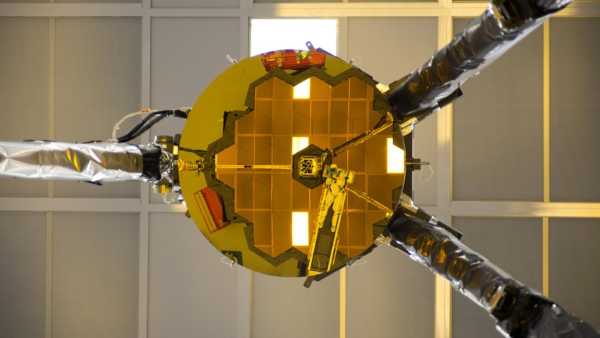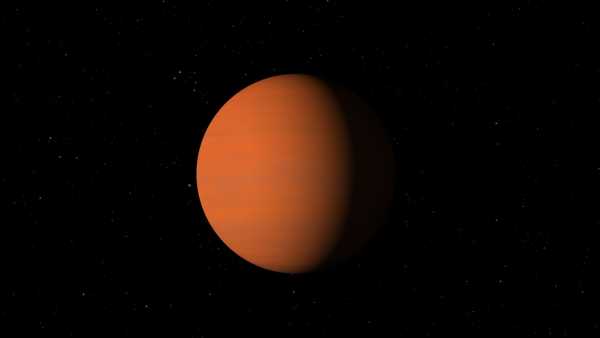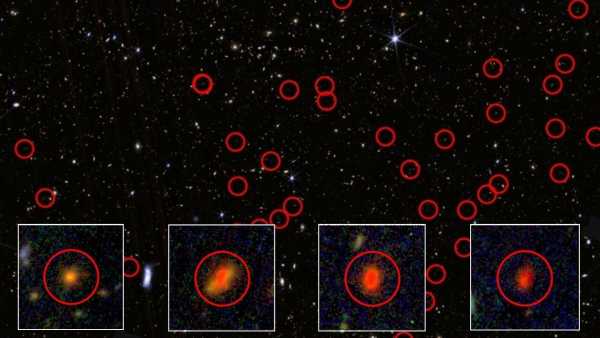
Hundreds of incredibly bright candidates for ancient galaxies have been found in deep images from NASA's James Webb Space Telescope. (Photo: Bangren “Tom” Sun)
Hundreds of astonishingly active sources have been identified in distant regions of space, potentially indicating more dynamic processes in the early universe than scientists previously thought.
Analyzing deep survey data collected by the JWST observatory, specialists from the University of Missouri have discovered 300 anomalously bright structures in the early cosmos. Although the hypothesis about galaxies remains the main one, their nature has not yet been confirmed. According to modern theories, the first star systems after the Big Bang should have a modest luminosity due to limited rates of star formation. However, the observed objects emit much more intensely than existing models predict.
“Even confirmation of some of these objects could overturn current ideas about the mechanisms of formation of stellar systems in the initial stages of cosmic evolution – the time of the birth of the first luminaries and galaxies,” said study co-author Haojing Yan in a university press release.
You might be interested
-
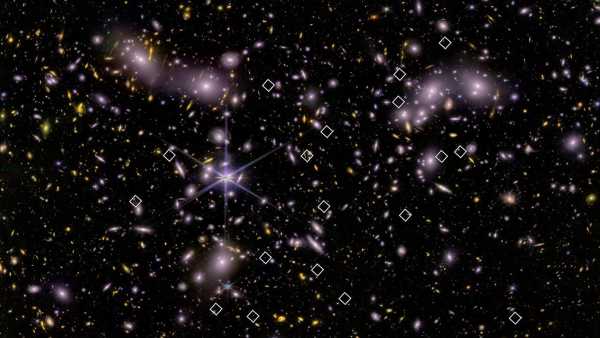
Webb telescope reveals tiny galaxies capable of transforming the universe
-
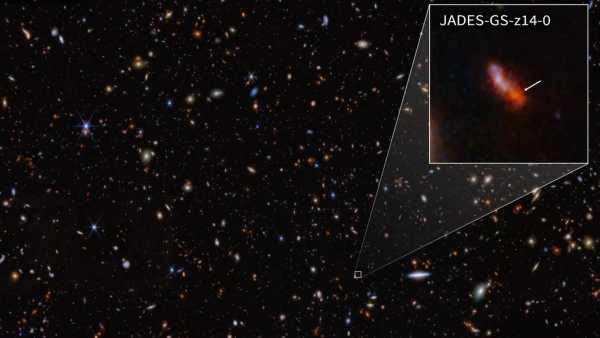
Webb sets new record by discovering most distant known galaxy
-
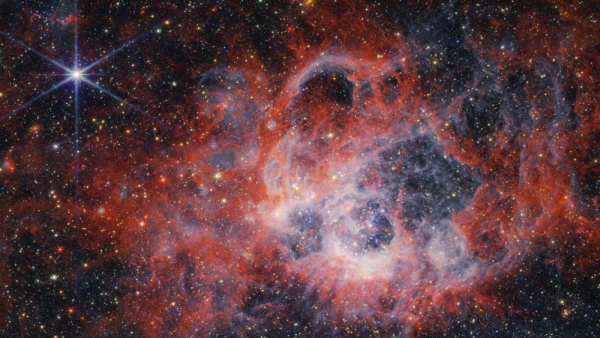
Webb Observatory Finds 'Sleeping' Galaxies in Unexpected Zones of Early Cosmos
To identify the structures, the scientists used a “missing signal method” that detects objects in the long-wave range when they are not present in short-wave images. This indicates the extreme remoteness of the sources that demonstrate the state of the Universe more than 13 billion years ago.
The team estimated the distances by analyzing the spectral brightness to calculate redshift, age, and mass. JWST's specialized infrared instruments are designed to capture radiation from the extreme depths of space, making them ideal for studying the cosmic dawn.
SEE ALSO
— AI algorithms discovered a unique supernova while a cannibal star was trying to swallow a black hole.
— A giant cosmic “Eye” is captured in a 15-year timelapse directed towards Earth.
— Earendel, the most distant known star, according to Webb, may not be a solitary star.
“The radiation from ancient galaxies is shifted into the infrared spectrum by the expansion of space,” Yan explained. “This effect, called redshift, allows us to determine the distance to objects: the greater the redshift, the closer we are to the birth of the cosmos.”
The planned spectroscopic studies will focus on the brightest targets. Confirming the nature of the objects will help to refine our understanding of the rate of evolution of the first structures and will complement the series of breakthrough discoveries made by JWST since it began operations in 2022.
The results of the study were published on June 27 in The Astrophysical Journal.
TAGS NASA Webb Space Telescope Samantha Matthewson Space.com Member Read more
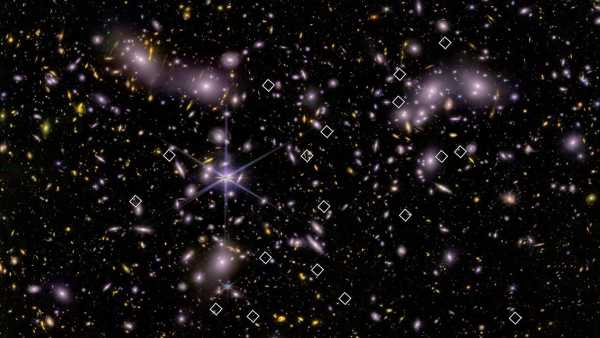
Webb telescope reveals tiny galaxies capable of transforming the universe
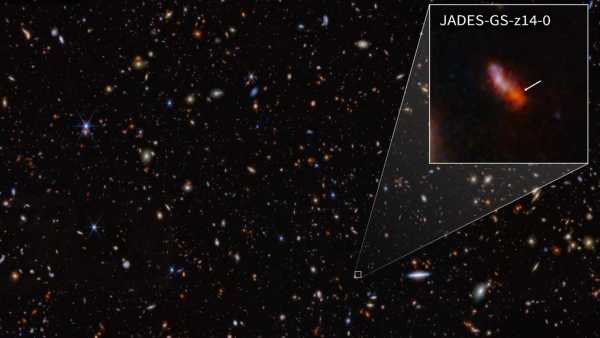
Webb sets new record by discovering most distant known galaxy
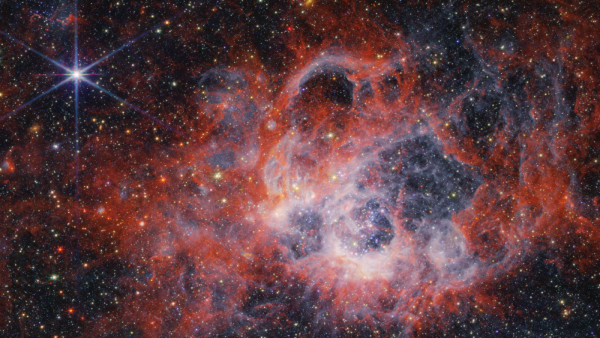
Webb Observatory Finds 'Sleeping' Galaxies in Unexpected Zones of Early Cosmos
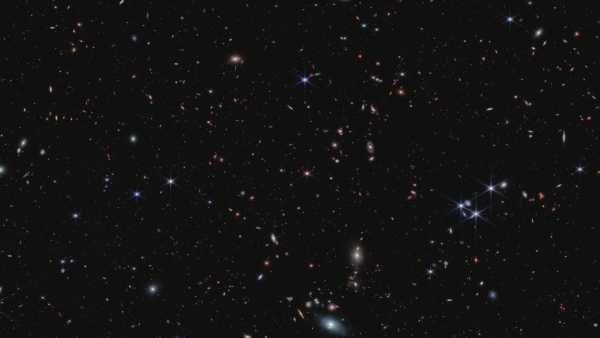
Webb telescope reveals previously unnoticed class of black holes
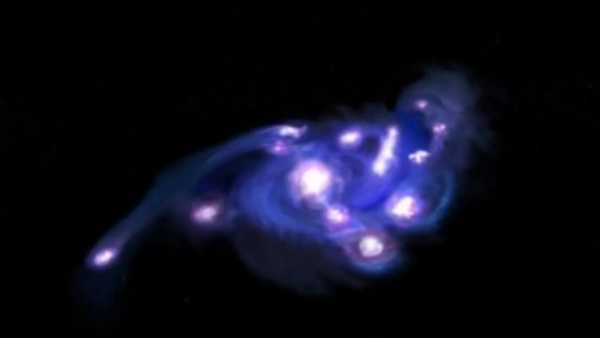
Astronomers Find Unique 'Bunch of Grapes' Galaxy in Early Cosmos
Sourse: www.livescience.com



